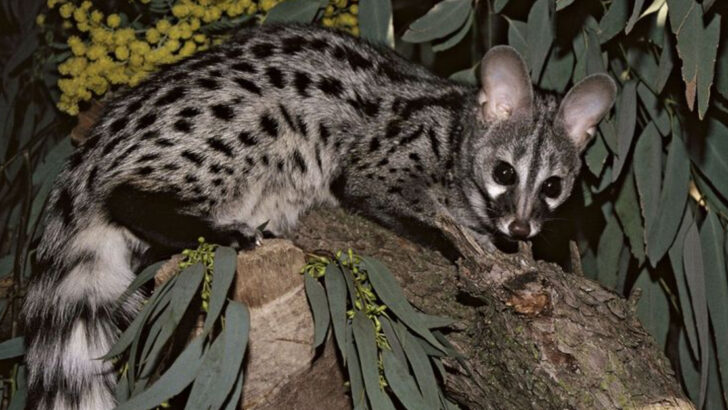When the sun goes down, the real stalkers come out—and most people have no idea they exist. These creatures move in shadows, whisper through forests, and strike without warning. You won’t see them on nature documentaries or stuffed in museum displays. But they’re out there—living quiet, wild lives in the dark. Some fly with silent wings. Others slither, creep, or wait with glowing eyes and eerie patience. They’re not your usual owls and bats—these are the strange, the overlooked, the truly hidden. Meet 12 nocturnal animals you’ve probably never heard of, but once you do, you’ll never forget.
Aye-aye
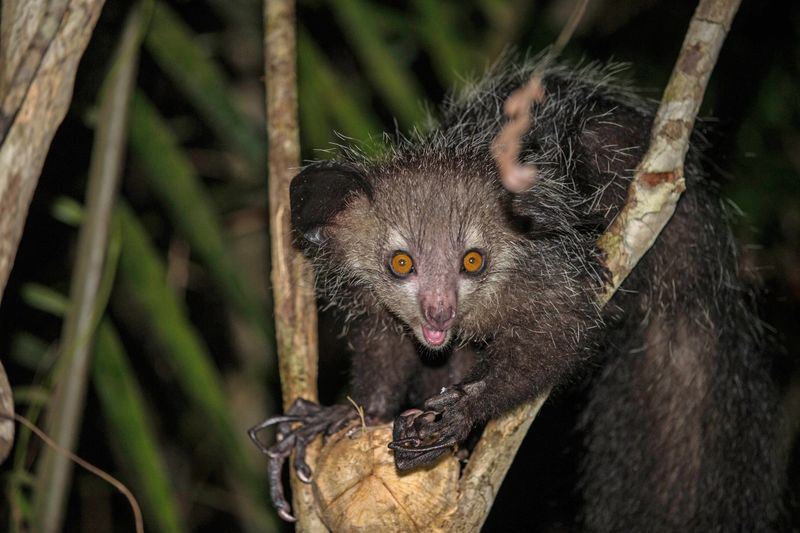
With its eerie appearance, the aye-aye of Madagascar intrigues many. This peculiar primate boasts large eyes and an elongated middle finger used for foraging. By tapping on trees, it locates insects under the bark. Its bat-like ears further aid in detection. This unusual adaptation allows it to be an effective nocturnal hunter. Often misunderstood, the aye-aye is sometimes seen as an omen in local folklore. Conservation efforts aim to protect its dwindling population from habitat loss. Did you know? The aye-aye is the world’s largest nocturnal primate, yet remains largely elusive to researchers.
Kakapo
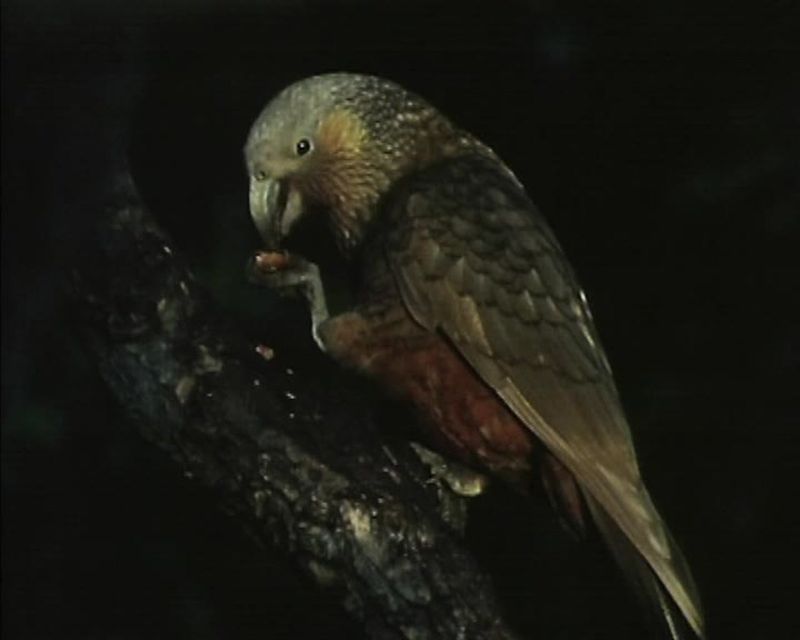
In the forests of New Zealand, the kakapo parrot stands as a testament to nature’s quirks. This flightless bird, resembling a green, mossy boulder, is critically endangered. At night, it forages the forest floor, relying on its keen sense of smell. Unlike typical parrots, the kakapo is nocturnal, using the cover of darkness to evade predators. Once abundant, its numbers have dwindled due to habitat destruction. Conservationists work tirelessly to ensure its survival. Did you know? The kakapo is the world’s only flightless parrot, and it can live over 90 years.
Bilby
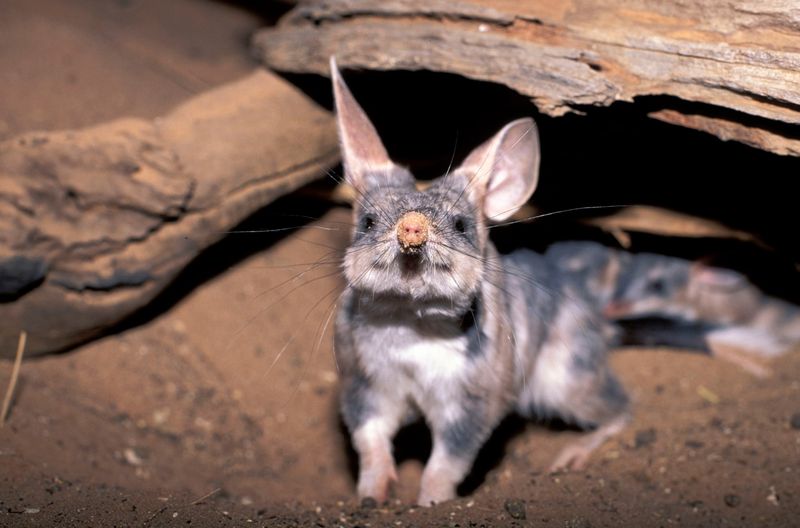
The bilby, a small marsupial, roams the Australian outback under the stars. With long, rabbit-like ears, it detects the slightest sound. Its elongated snout aids in sniffing out food beneath the earth. At night, the bilby digs for insects and seeds, playing a vital role in soil health. Despite its ecological importance, it faces threats from invasive species. Conservation efforts, including breeding programs, aim to bolster its numbers. Fun fact: The bilby is sometimes considered Australia’s Easter Bunny, celebrated for its unique charm.
Spectacled Bear
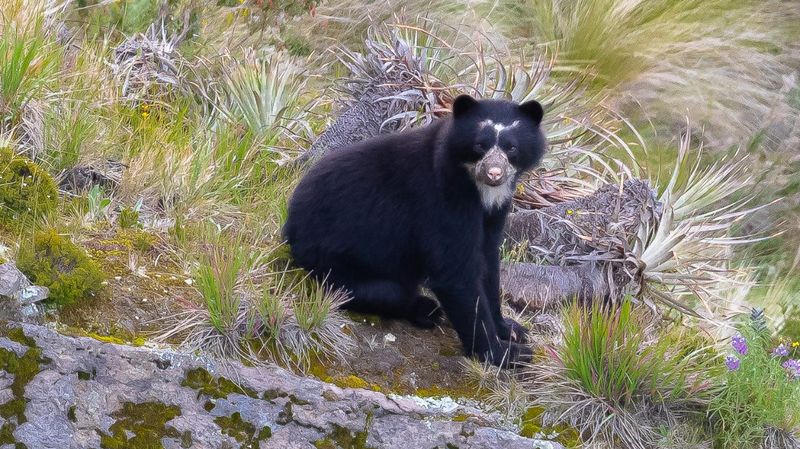
Known for its distinctive facial markings, the spectacled bear is South America’s only bear species. Dwelling in the Andean forests, it emerges at night to forage. Its diet is diverse, including fruits, berries, and small animals. The bear’s nocturnal habits help it avoid human contact. Sadly, habitat loss threatens its existence. Conservationists strive to protect its natural habitat. Did you know? The spectacled bear is often linked with the legend of Paddington Bear, a beloved fictional character.
Tarsier
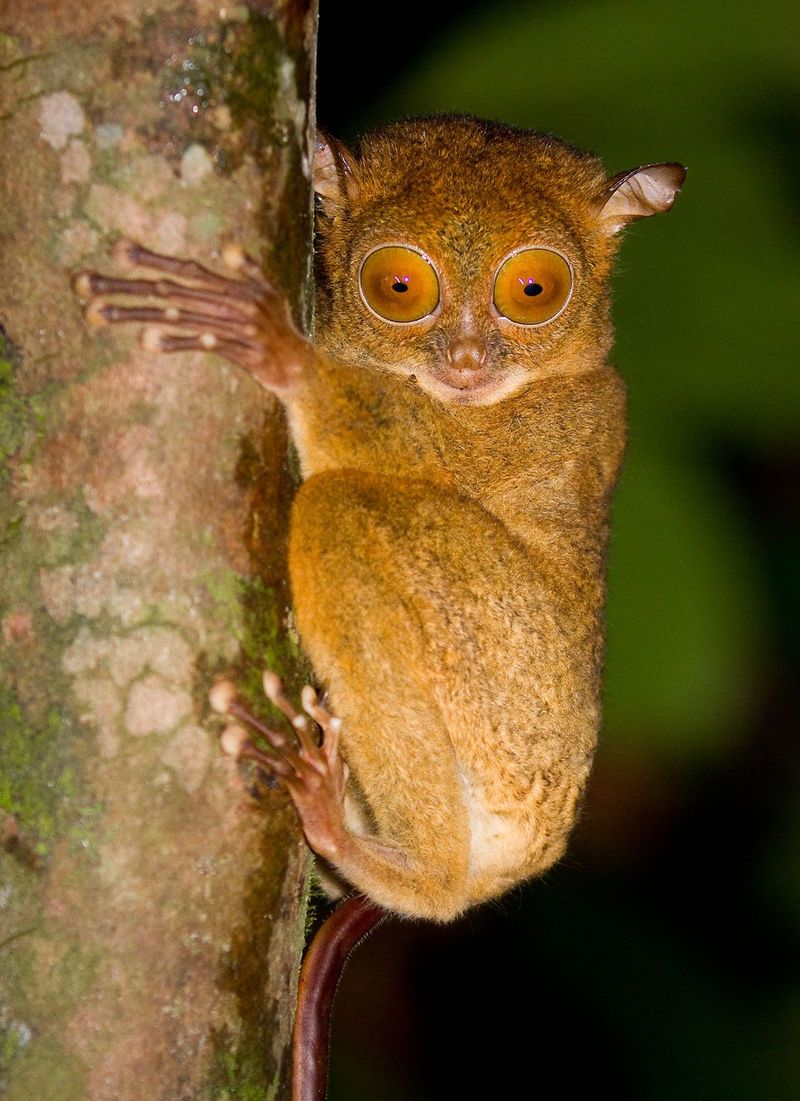
Tiny yet captivating, the tarsier leaps through Southeast Asian forests at night. With eyes larger than its brain, it spots prey with precision. Clinging to branches, this tiny primate silently awaits insects. Its elongated fingers and toes provide a firm grip. Despite its small size, the tarsier is a fierce hunter. Habitat destruction poses a threat to its survival. Conservation efforts focus on protecting its rainforest home. Did you know? Tarsiers can rotate their heads 180 degrees, allowing them to spot predators from all angles.
Fennec Fox
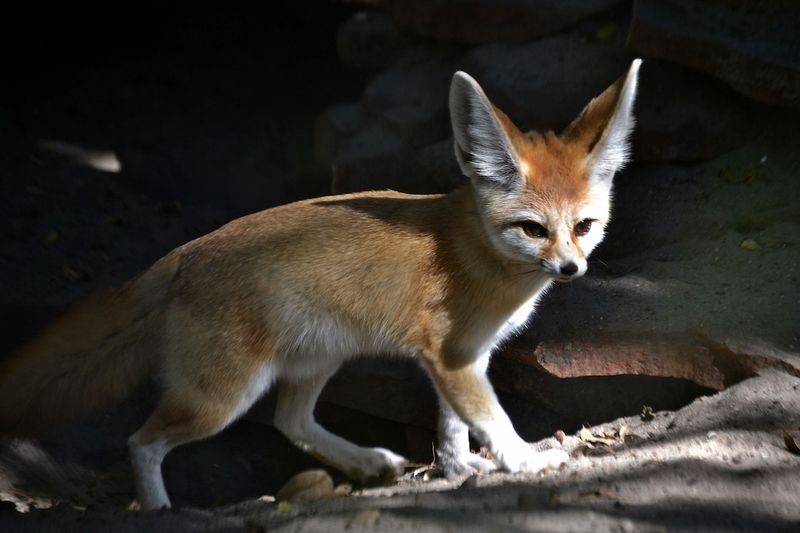
In the vast Sahara desert, the fennec fox thrives under the cover of night. Its oversized ears are not just for show; they dissipate heat and detect prey. This small fox digs burrows to escape the desert sun. At night, it hunts for insects, small mammals, and plants. Its nocturnal lifestyle helps it conserve energy in the harsh desert environment. Despite its adaptability, the fennec fox faces threats from habitat encroachment. Did you know? The fennec fox is the smallest canid species, yet it boasts the largest ears relative to body size.
Slow Loris
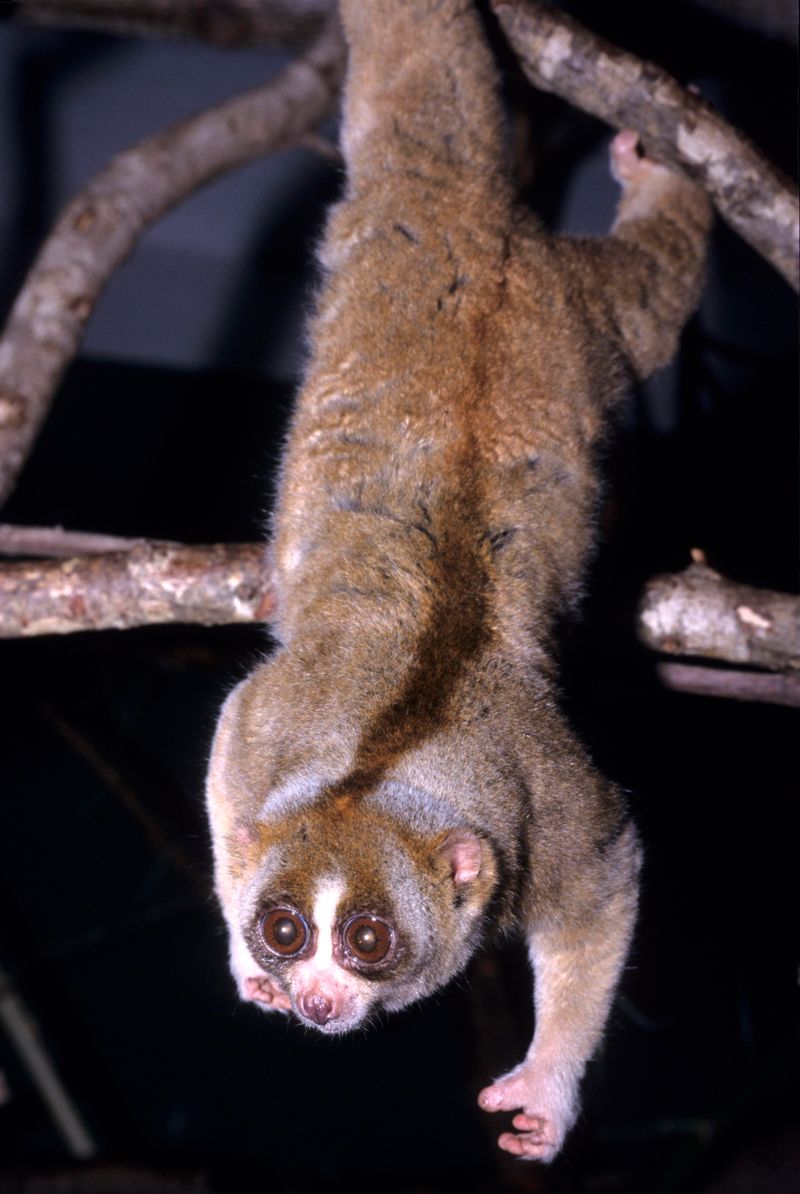
The slow loris moves slowly but surely through the Southeast Asian jungles at night. Its big, soulful eyes captivate many, but they serve a purpose: night vision. This primate’s leisurely pace is deceptive; it delivers a toxic bite when threatened. The slow loris’s nocturnal habits help it remain unseen. Sadly, it’s a victim of the illegal pet trade. Conservationists campaign for its protection. Did you know? The slow loris is the only venomous primate, using its toxin for defense and hunting.
Bushbaby
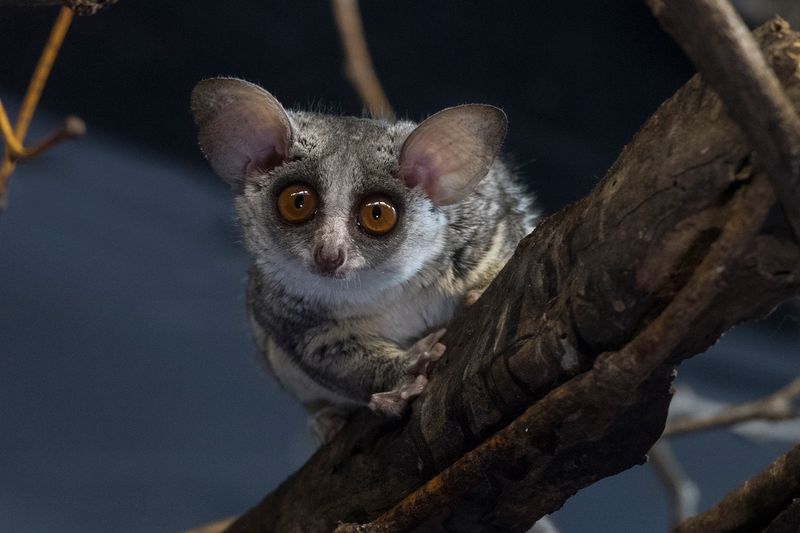
Leaping between trees with grace, the bushbaby lights up the African savanna at night. This small primate’s large eyes provide excellent night vision, essential for spotting insects and fruits. Its keen sense of hearing helps locate food. With its long tail aiding balance, the bushbaby is an agile nocturnal hunter. Habitat destruction threatens its way of life. Conservation efforts seek to secure its future. Fun fact: Bushbabies are named for their baby-like cries, often heard echoing through the night.
Aardvark
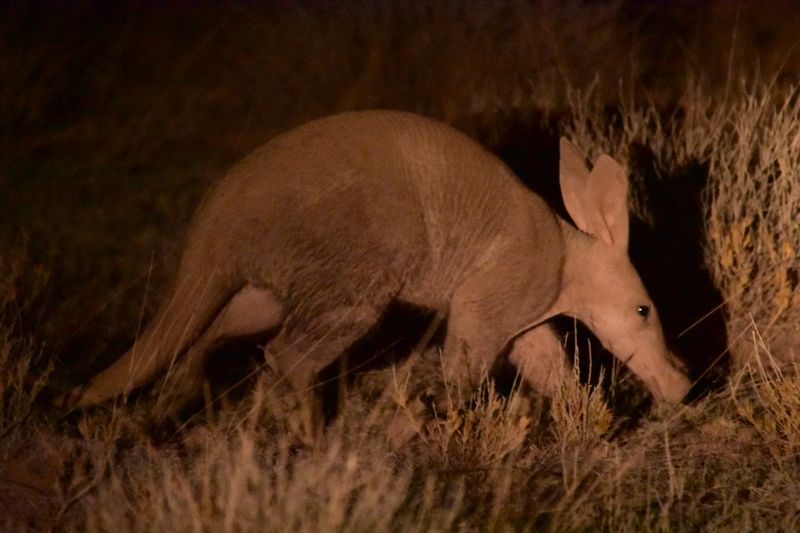
The aardvark roams the African plains at night, an enigmatic creature often unseen. Its long snout and sticky tongue make it a formidable ant and termite hunter. By digging deep burrows, it escapes the heat of the day. This solitary mammal plays a crucial role in the ecosystem. Despite its significance, little is known about its habits. Conservationists aim to learn more about this elusive animal. Did you know? The aardvark’s name means “earth pig” in Afrikaans, though it’s unrelated to pigs.
Binturong
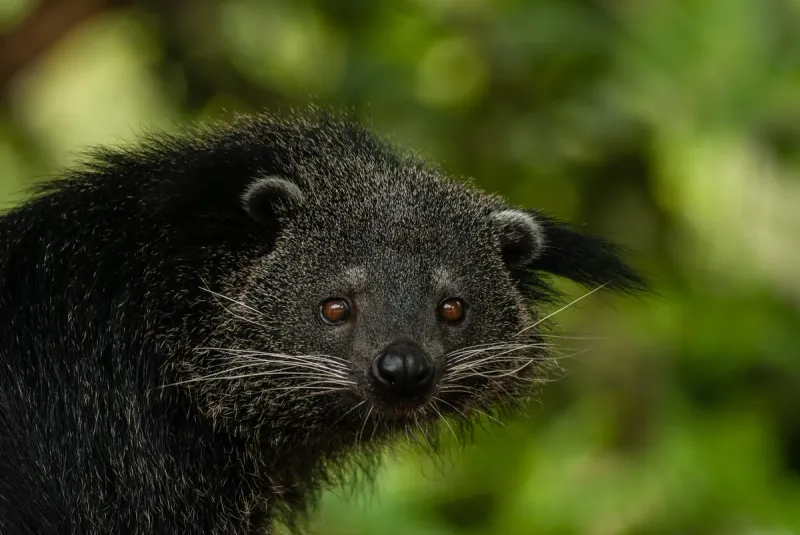
The binturong, or bearcat, prowls the Southeast Asian forests at night, its prehensile tail aiding movement through trees. Known for its popcorn-like scent, this creature is neither bear nor cat. Its nocturnal life is spent foraging for fruits and small animals. Sadly, habitat destruction and hunting threaten its survival. Conservationists work to protect its dwindling population. Did you know? The binturong is one of the few creatures capable of emitting a scent similar to buttered popcorn, a unique adaptation for marking territory.
Nightjar
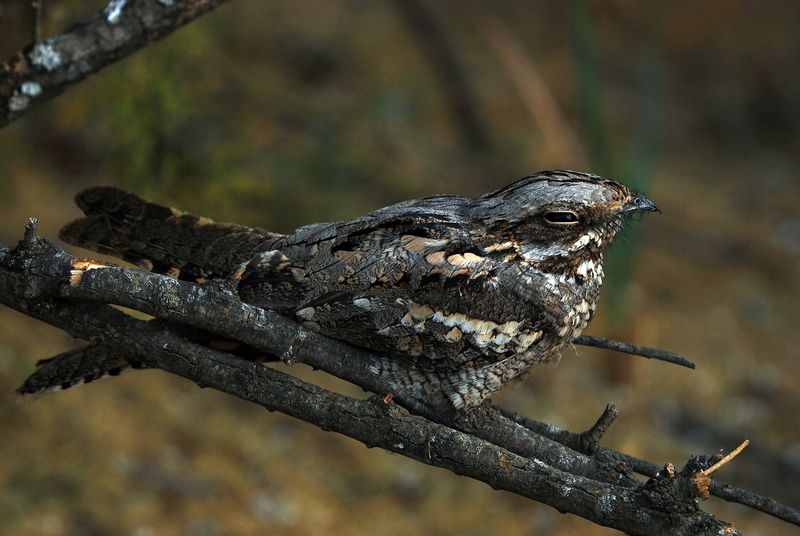
The nightjar, master of camouflage, blends seamlessly into European woodlands at dusk. Its muted plumage hides it from predators and prey alike. As night falls, it takes to the air, catching insects mid-flight. Its soft, ghostly call echoes through the forest, a hallmark of its presence. Despite its adaptability, habitat loss poses a threat. Conservation efforts focus on preserving its woodland home. Did you know? The nightjar’s silent flight is owed to specialized wing feathers, allowing it to hunt in stealth.
Common Genet
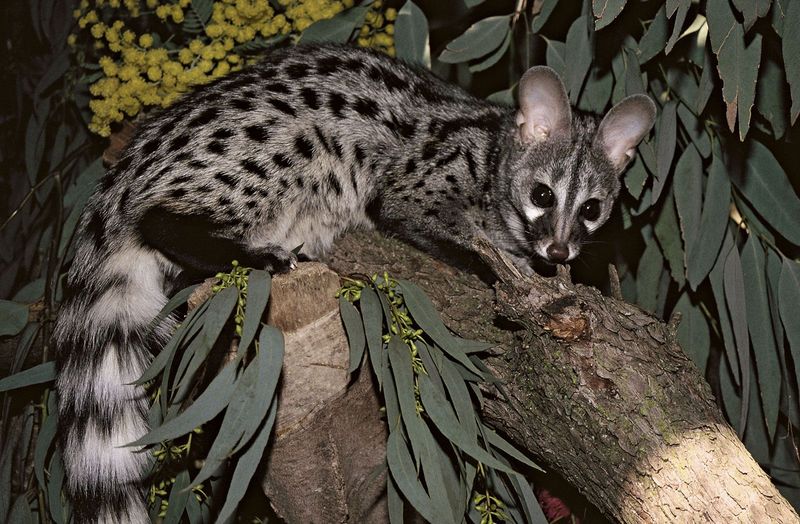
The common genet, a nimble carnivore, prowls the African night with grace. Its long, ringed tail aids in climbing, making it an adept hunter. Feeding on rodents, birds, and insects, it plays a crucial role in controlling pest populations. As a nocturnal creature, it avoids daytime predators. Despite its adaptability, habitat fragmentation threatens its existence. Conservationists prioritize habitat restoration to ensure its survival. Fun fact: The common genet’s retractable claws are reminiscent of a feline, though it’s more closely related to civets.

